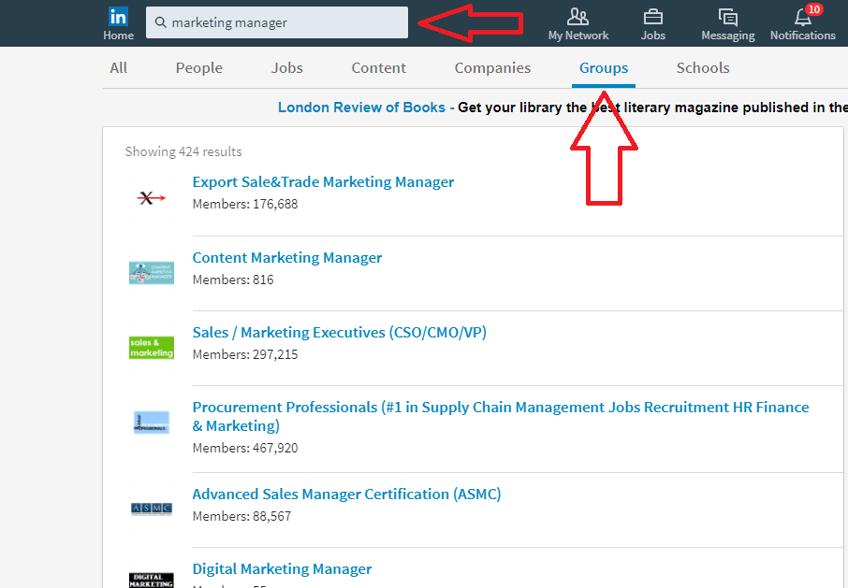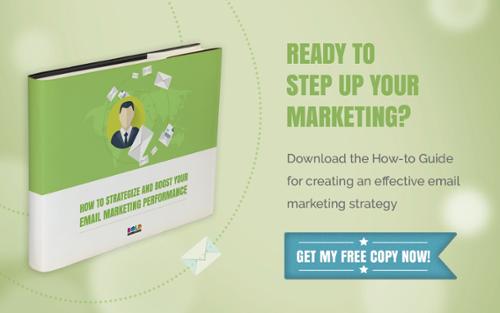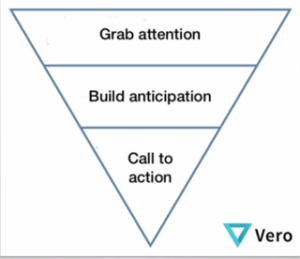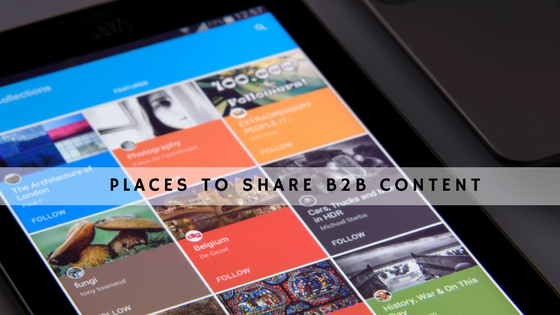John Doe
Architect & Engineer
We love that guy

Every businesses and entrepreneur dreams of writing great content that engages, inspires, and activates readers to do, try or learn something new. In an inbound marketing world, getting this right can put you on the fast track to organically driving up your traffic volumes to your website, as well as driving increased awareness of your brand and in turn more sales. It can also position you and your brand as a thought leader strengthening your credibility in what you do or offer.
This works wonders for speeding up your nurturing process to help your potential customers through their personal buyer’s journey as quickly and safely as possible from awareness, consideration and then decision.
The only problem is while many try to write content that is great, not everyone succeeds. To help put you on the right track here is our style guide for creating what we like to call a “Killer blog post”.
Structure:
You need to provide content that is Interesting, Valuable and Focused. This is what we call the “I, V, F” for your blog baby. To begin this process, the best tip I can give you is to start by creating an outline. You have your title, and an idea of what you want to say, now map out the structure with clear headings and short bullet points. You should aim for it to be about half a page in length. The outline will help you pin point the exact areas you want to talk about and exactly what you think your audience will want to read more of. Spend time creating this as it will pay huge dividends when you come to write it by keeping you on the IVF path.
To help you build the structure, make sure you research your topic area for any gaps in knowledge you might not be aware of. If you know your topic area well, one great approach is to write the structure first, then google around your topic/title to see if there is anything you may have missed and then add these in. This is a great way to keep your post well informed and original.
If you don’t know your topic area well, it can be difficult to write any outline at first, so the more you can read about it before you write or plan anything, the better. Also keep notes of any external content you found interesting by writing down web links so you can find it later if you need to.

Intro:
Capture, engage, excite, intrigue and amaze. These are all the effects your introduction should have on your audience. The introduction should only be a few lines with the sole purpose of giving a brief insight into the benefits and value your post will bring to your audience. It’s not going to be easy to write a great intro, it’s an art, and the more you focus and try, the better and easier it will be to write one in future.
If your struggling to understand exactly what a killer introduction means, or maybe you know but don’t know how to write one, watch TED talks. The first 30 seconds of any TED talk is your blueprint of how to captivate an audience.
Here are some of the best intros ever on TED

Flow:
This is what keeps your audience reading. Your blog needs to tell a story. The flow is you holding your audiences hand as they read through your blog. If you let go of the flow, your letting go of your audience and they will leave.
So what is flow? It’s all about sentence and paragraph structure. That A leads to B, which leads succinctly to C. This flow happens within paragraphs and within topics. First of all I am going to tell you the what, then I am going to tell you the why, then I am going to tell you the how. This is an example.
Think of Flow as the sixth sense that you must have when writing. In fact lets focus on exactly that for a moment. A great way to understand flow is by watching the movie “The Sixth Sense”. Watch it very carefully and see how everything is completely connected in more ways than you think. Ask yourself one question each time there is a new scene… “if this scene was removed would the story still make sense”, i.e. does the scene add value or could it be removed. What you will find remarkable is that every single scene matters and without it the story wouldn’t work. The Sixth Sense is actually the greatest example of this than any movie I have ever seen. Watch it again and see it in action.
Here is a great clip that explains this:
This is how your flow in your blog should work too. Read every line of your blog and then ask yourself, “Does this sentence or paragraph or section help in telling my story?”. Ask yourself, “If it wasn’t there, would it still make sense, would the value still be there?”. If not it should it be moved somewhere else or just deleted. Perfect the flow and your audience will be kept focused and with you to the end of your blog.
Examples:
For inbound marketing, examples can be king and can really engage your audience and create that personal conversation, making the reader feel you are talking directly to them. Examples help make the content as relatable as possible. Stats, quotes, short case studies, infographics, data, videos, and pictures are all great elements to include in your post to emphasise, clarify and support your key points. Try to keep them to a minimal, not every point or heading needs one. If used correctly it will really add a lot of power to your post.
Make sure any external source are attributed to their creator with a link to their page. It substantiates your work even more and offers the reader an extra resource for any further information or clarification they may seek. It can also help build relationships with other thought leaders and they will thank you for helping them with SEO with a link to their site from your page. Maybe they will return the favour next time. Always give credit where credit is due and make sure any pictural examples are free from copyright. If your not sure, check.
Takeaways and Action Points:
You blog should follow the three “I’s”. It should create interest, then inform, and then ignite an action. To ignite, you need to provide your audience with easy to follow action points. Think of it as the Ikea of your ideas. Your packing it up in an easy way for your audience to build themselves. To do this, each section should try to have clear and actionable points or considerations. It should be concise and easy to follow. You can have your takeaways as the concluding sentence or label it with a bullet point.
Words to include and exclude:
The two main spheres for content writing are scare or inspire. This can depend on the brand messaging so make sure you chose the one that fits for your business. If your goal is to scare people to think or act differently, or grab someone’s attention feel free to make it dramatic but don’t go too over the top or you may lose credibility.
If you want to inspire people to think or act differently, keep to positive language. Instead of using “but”, use “and”. Instead of writing “don’t” or “shouldn’t” replace this with “if” and “try”. Your aim here is to encourage and make everything possible, not to preach or make thing seem difficult or complicated.

Conclusions:
The best conclusions you can write for your blog post is one that takes you right back to the start, making the post take a full circle. Conclusions are the last thing visitors are going to read, and the one thing that they will remember. If done correctly it will leave your reader thinking about your post for a long time after they have left it. It will also make them wanting to read more.
To write a killer conclusion, the best place to start is right back at the beginning with the introduction. Read your introduction several times, stick it in your head, then use your conclusion to answer any questions you might have raised in the intro.
Follow this by summarising the three key points from the rest of your post, before finally giving your readers something to think about. You can do this by asking an intriguing question about themselves relating to your post’s topic, by giving your thoughts about the future in your topic area, or by giving users a final direction in your topic area to think about.
If you need any inspiration for this, turn to TED once more and watch the last minute of these videos to give you some ideas.
Here is one of our favourites:
Final Thoughts:
Writing a killer blog post takes a little time and practice to refine and is something anyone can do. It starts with research to build a great outline, a captivating intro, a smooth story, positive wording, examples to add depth to your points, takeaways to inspire and ignite your readers, before finally, a killer conclusion that leaves your readers with a lingering thought and wanting more.
Fundamentally it’s all about providing valuable and interesting content. If you ever need inspiration for this, watch as many TED talks as you can.
Still dreaming of writing great content or ready to make it a reality? Try our top tips with your next blog post and see the difference. Remember though content is just one theme of a killer blog post, Strategy, SEO and Style are the next crucial elements for you to consider.






































